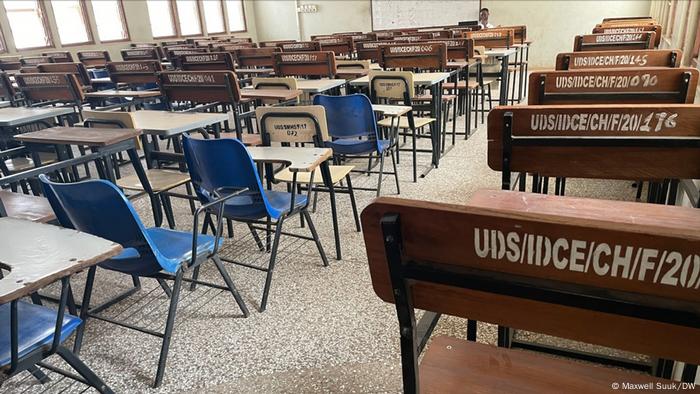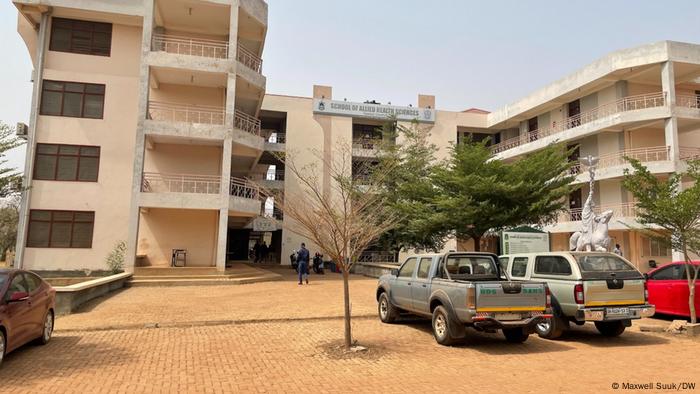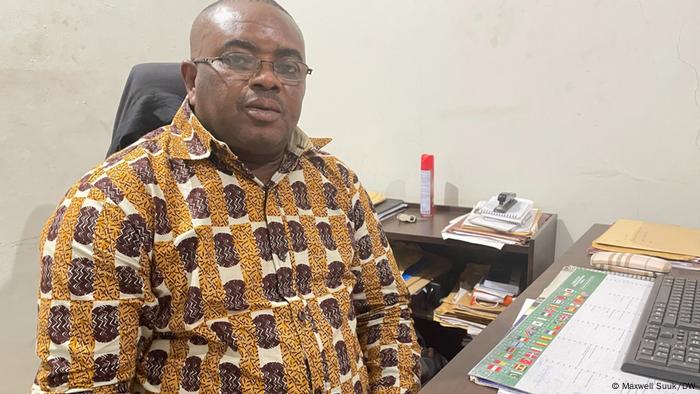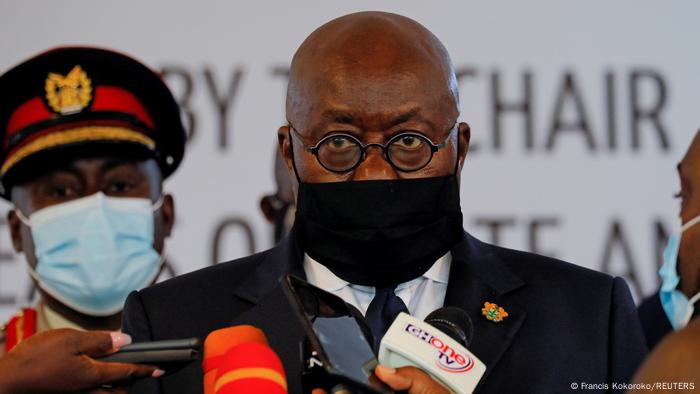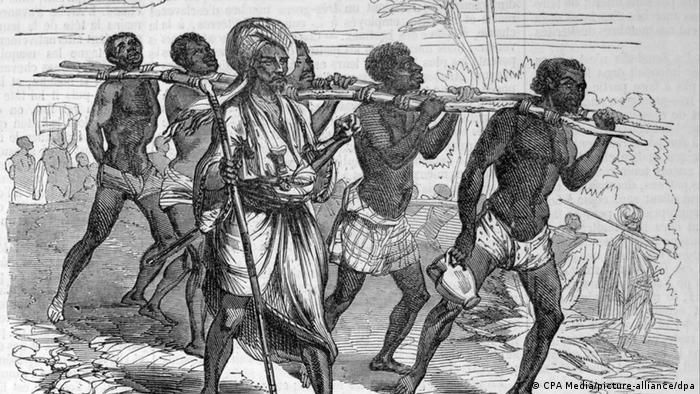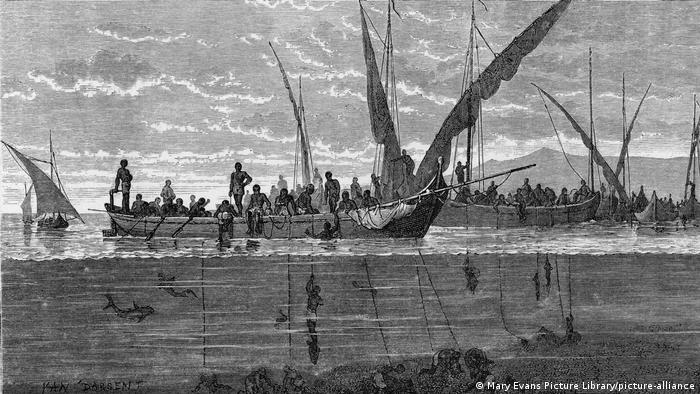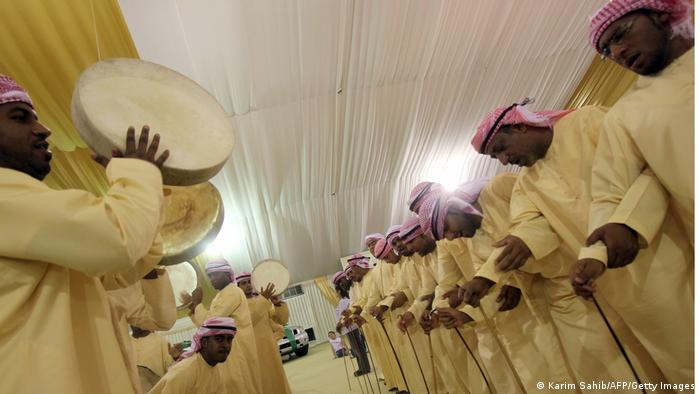
Tristan Wheeler - Monday
NDP leader Jagmeet Singh has said that the Freedom Convoy's goal is to "overthrow the government" and has called for an emergency debate in parliament ASAP.
Speaking during a press conference on Monday, February 7, Singh said, "It's clear that the state intent of this convoy is to overthrow the government."
He went on to say that those involved are "harassing citizens, threatening people [and] assaulting people."
Singh also mentioned reports of protesters allegedly lighting a fire in an apartment building in Downtown Ottawa, saying that these stories are examples of violent and dangerous behaviour "that is causing really severe consequences to people."
He's also calling for an emergency parliamentary debate on how to put an end to convoy blockades "and get Canadians through to the end of this pandemic."
Singh touched on the need to address alleged foreign interference from people in the United States and elsewhere in the world, too.
"There are many examples of American politicians and other folks who are funding this direct action that is trying to undermine our democracy," the NDP leader said.
Later, he repeated, “This is clear it’s not a protest, it’s an act to try to overthrow the government.”
Singh isn’t the only one calling out the protesters involved in the Freedom Convoys taking place.
Justin Trudeau previously described the group as a "fringe minority" that doesn’t represent all Canadians. More recently, an Ottawa City Council called the Freedom Convoy participants “terrorists.”
A day before Singh’s call for federal action, the City of Ottawa went into a state of emergency because of the demonstrations.
Police in the city have also announced that they will arrest individuals who provide fuel or other goods to those protesting.
The Freedom Convoy protests have been taking place in Ottawa and across the rest of Canada since January 29. Those involved include people against COVID-19 vaccine mandates and government lockdowns.
Ryan Tumilty - POSTMEDIA
OTTAWA – Federal ministers said the blockade shuttering downtown Ottawa and two major border crossings are “putting their foot on the throat of all Canadians,” but for the second day in a row were thin on specifics on how they will help bring them to an end.

© Provided by National Post
For the 12th day in a row, streets around Parliament Hill were closed as large trucks and smaller vehicles effectively blockaded the city’s core. A closure of the Coutts border crossing in southern Alberta has been in place for essentially as long and on Monday, protesters shutdown the Ambassador Bridge in Windsor, Ont.
Public Safety Minister Marco Mendicino said the protests were causing significant economic damage including forcing downtown Ottawa businesses to close and delaying huge volumes of traffic.
“I want to be clear, those participating in the convoy are hurting Canadians. They pose serious dangers for the economy, and they are breaking the law and no one is above the law,” he said.
Emergency Preparedness Minister Bill Blair went further and called for a swift end to all the protests.
Blair, who was previously Toronto’s police chief, said the protesters were hurting Canadians.
“There are many criminal acts, acts of thuggery and obnoxiousness that they’ve inflicted on the people of Ottawa. Now as a result of their unlawful actions to block our highways leading into our points of entry with the U.S. they’re putting their foot on the throat of all Canadians.”
Earlier this week, Ottawa Mayor Jim Watson asked the provincial and federal governments to come together to provide 1,800 additional officers to local police.
Ottawa protesters employ gas can subterfuge to frustrate police
Ottawa mayor calls for feds to provide 1,800 more police to clear protesters
“We must do everything in our power to take back the streets of Ottawa, and our parliamentary precinct, from the criminal activity and hooliganism,” he said. “We can contain the occupation, but we cannot end it without your support.”
Mendicino, who oversees the RCMP, said reinforcements were coming, but offered no details on when or how many officers might arrive.
Blair announced a tripartite table with representatives from the provincial, federal and municipal governments on Monday, but revealed Wednesday the province had not yet shown up to those meetings.
“They have not been at the table for the first two meetings. We have indications from them today that they’ll be joining us,” he said.
Blair said despite the Ontario government’s absence there had been other conversations with the province and the government was working to find the resources.
Stephen Warner, a spokesperson for Solicitor General Sylvia Jones, said she had been in regular contact with federal cabinet ministers, including Blair and Mendicino about the situation in Ottawa.
He stressed politicians did not direct police.
“Policing protests is a responsibility carried out by local police services across Ontario, who have the resources and authority to ensure their communities remain safe,” he said.
Warner said the government had shared Watson’s request with the head of the Ontario Provincial Police. An OPP spokesperson said they were reviewing the request, but wouldn’t provide operational details about how many new officers might arrive or when.

© Provided by National Post
Ottawa Police issued a warning to protesters Wednesday that blocking roads as they were doing constituted criminal mischief and they could be arrested, face vehicle seizures and if convicted end up with criminal records that would prevent them from crossing the U.S. border. One of the protesters’ original demands was for Canada to rescind a current requirement for cross-border truckers to be vaccinated.
Ottawa Police have revealed this week that protesters were subverting efforts to cut off fuel supplies by carrying around empty jerry cans. The police also said many of the vehicles had children inside, which would make any police operation more difficult.
The Ambassador Bridge carries a quarter of the annual trade between Canada and the U.S. with thousands of trucks making the trip every day in normal circumstances. Dozens of business groups called on governments to act swiftly to get the bridge reopened.
Perrin Beatty, president and CEO of the Canadian Chamber of Commerce, said action could not wait.
“This is the most important land crossing in North America and it needs to be reopened now,” he said on Twitter.
The delays were forcing some auto plants to shutter until more parts could arrive, and truckers were forced to take an hours-long detour to Sarnia, Ont.
Windsor’s Mayor Drew Dilkens said in a press conference that about 100 protesters were blocking the main access route to the bridge. He called for both provincial and federal help to end the protest.

© Photo by Geoff Robins / AFP
“There has to be a resolution to get this border crossing open. It’s going to be impacting the economies of the United States and Canada,” he said. “You have 100 people who are holding hostage part of our national economy. That is why this cannot be allowed to be sustained for any length of time, action will have to be taken to reopen this bridge so the economy can continue to function.”
Twitter: RyanTumilty
Email: rtumilty@postmedia.com




